Click on the health area below to see the status of each Accelerator Behavior.
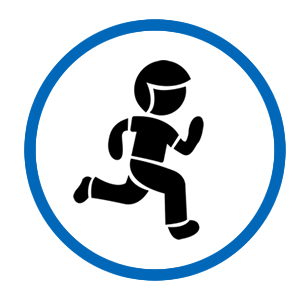 Child Health
Child Health
Care for Pneumonia ACCELERATOR BEHAVIOR: Caregivers seek prompt and appropriate care for children with signs and symptoms of acute respiratory infection (ARI)
Percentage of children born in the last 5 years who had symptoms of ARI and for whom treatment was sought from a health facility or provider
Treatment for Diarrhea ACCELERATOR BEHAVIOR: Caregivers provide appropriate treatment for children with diarrhea at onset of symptoms
Percentage of children born in the last 5 years with diarrhea in the last 2 weeks who received ORS
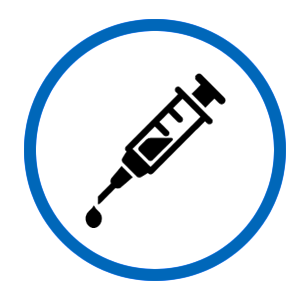 Immunization
Immunization
Full Course of Immunizations ACCELERATOR BEHAVIOR: Caregivers seek a full course of timely vaccinations for infants and children under 2 years
Percentage of children 12-23 months who had received all 8 basic vaccinations
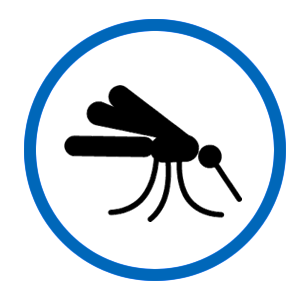 Malaria
Malaria
Insecticide-Treated Net Use: Pregnant Women ACCELERATOR BEHAVIOR: Pregnant women and children sleep under an insecticide-treated net (ITN)
Pregnant women sleep under an ITN
Insecticide-Treated Net Use: Children Under Five ACCELERATOR BEHAVIOR: Pregnant women and children sleep under an insecticide-treated net (ITN)
Children under five sleep under an ITN
Intermittent Preventive Treatment of Malaria in Pregnancy ACCELERATOR BEHAVIOR: Pregnant women take intermittent preventive treatment of malaria (IPTp) at each antenatal care (ANC) visit
Percentage of pregnant women who took three or more doses of SP/Fansidar
Care for Malaria ACCELERATOR BEHAVIOR: Caregivers seek prompt and appropriate care for symptoms of malaria
Percentage of children under age five with fever for whom advice or treatment was sought
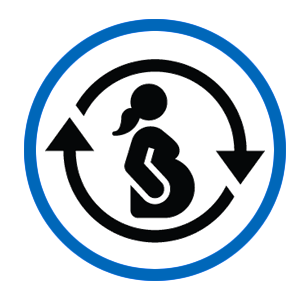 Maternal Health
Maternal Health
Antenatal Care ACCELERATOR BEHAVIOR: Pregnant women attend a complete course of antenatal care (ANC)
Percentage of women who had a live birth in the last three years who had 4+ antenatal care visits
Delivery in Health Facility ACCELERATOR BEHAVIOR: Pregnant women attend a health facility for delivery
Percentage of live births in the last three years delivered at a health facility
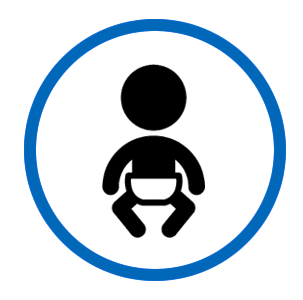 Newborn Health
Newborn Health
Essential Newborn Care ACCELERATOR BEHAVIOR: Caregivers provide essential newborn care immediately after birth
Percentage of infants who started breastfeeding within 1 hour of birth
Care for Newborn Illness ACCELERATOR BEHAVIOR: Caregivers seek prompt and appropriate care for signs and symptoms of newborn illness
Proxy - Percentage of last births in the two years preceding the survey who had their first postnatal checkup in the first two days after birth.
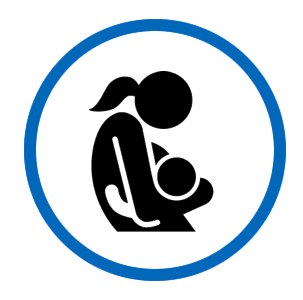 Nutrition
Nutrition
Early Initiation of Breastfeeding ACCELERATOR BEHAVIOR: Mothers initiate breastfeeding within one hour after delivery
Percentage of infants who started breastfeeding within 1 hour of birth
Exclusive Breastfeeding ACCELERATOR BEHAVIOR: Mothers breastfeed exclusively for six months after birth
Percentage of infants under six months who are exclusively breastfed
Complementary Feeding ACCELERATOR BEHAVIOR: Caregivers feed adequate amounts of nutritious, age-appropriate foods to children from 6 to 24 months of age, while continuing to breastfeed
Percentage of children age 6-23 months fed in accordance with all three IYCF Practices
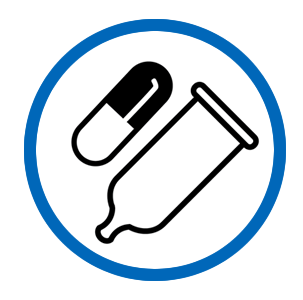 Reproductive Health
Reproductive Health
Adolescent First Birth ACCELERATOR BEHAVIOR: Sexually active adolescents use a modern contraceptive method to delay first birth until after age 18
Percentage of sexually active unmarried women age 15-19 currently using any modern method of contraception
Birth Spacing ACCELERATOR BEHAVIOR: After a live birth, women or their partners use a modern contraceptive method to avoid pregnancy for at least 24 months
Percentage of all women age 15-49 with met need for family planning for spacing
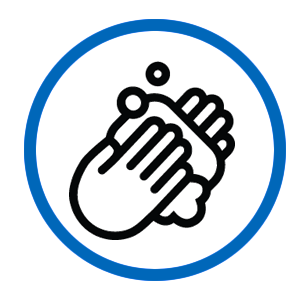 Water, Sanitation and Hygiene
Water, Sanitation and Hygiene
Handwashing with Soap ACCELERATOR BEHAVIOR: Family members wash hands with soap at 4 critical times [after defecation, after changing diapers, before food preparation and before eating]
Percentage of households where place for hand washing was observed with soap and water
Safe Disposal of Human Feces ACCELERATOR BEHAVIOR: Family members safely dispose of human feces
Percentage of population with improved, non-shared toilet facilities
Safe Drinking Water ACCELERATOR BEHAVIOR: Family members drink safe water
Percentage of population with access to improved drinking water sources

 Afghanistan
Afghanistan Bangladesh
Bangladesh Burma
Burma Democratic Republic of the Congo
Democratic Republic of the Congo



















